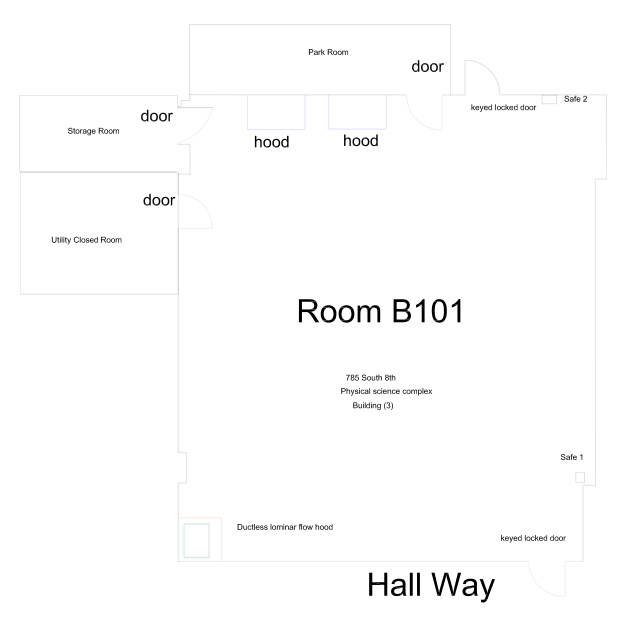Difference between revisions of "Forest Radiation Program"
| Line 3: | Line 3: | ||
= Objectives and methods= | = Objectives and methods= | ||
| − | Radioactive materials under this program will be used to support a research program in fundamental nuclear physics and radiation detector development. The research will use radioisotopes, like U-238 and Th-232, to develop neutron detectors. | + | Radioactive materials under this program will be used to support a research program in fundamental nuclear physics and radiation detector development. The research will use radioisotopes, like U-238 and Th-232, to develop neutron detectors. Theses isotopes will fission when hit by an incident neutron. A detector which contains thin (5 microns thick) films of these isotopes will be developed to measure fast (<10 MeV) neutrons. |
=Facilities= | =Facilities= | ||
Revision as of 18:15, 10 August 2009
Forest Radiation Program
Objectives and methods
Radioactive materials under this program will be used to support a research program in fundamental nuclear physics and radiation detector development. The research will use radioisotopes, like U-238 and Th-232, to develop neutron detectors. Theses isotopes will fission when hit by an incident neutron. A detector which contains thin (5 microns thick) films of these isotopes will be developed to measure fast (<10 MeV) neutrons.
Facilities
The Laboratory for Detector Science is located in room B101 of the Physical Sciences Complex building. A floorplan of the laboratory is shown below. Radioactive active materials will be stored in a safe identified as "Safe 2" in the floorplan below.
Radioacive waste
We do not expect to generate Radioactive waste in the Laboratory for Detector Science.
